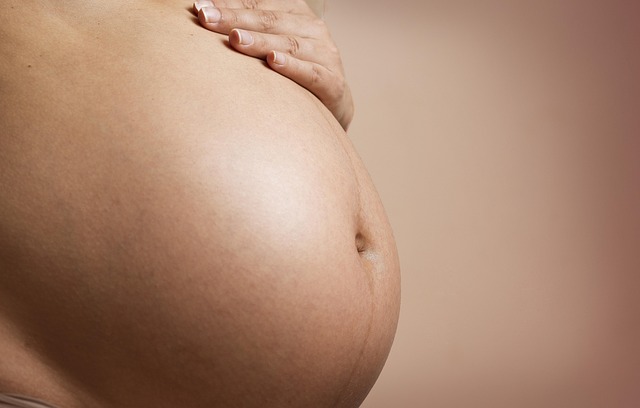Menu | Parenting
Exploring the Phase Known as ‘Momopause’
There comes a time in a woman’s life when the chaos of early motherhood subsides, and she begins to think about herself again. Perhaps it happens during a long-awaited shower, where she realizes there are no tiny eyes watching her every move. As the soothing sound of water cascades over her, she finds solace in the absence of cries from hungry toddlers. After a restful night devoid of little ones sprawled across her bed, she takes stock of her situation.
Dressing becomes a moment of revelation when she discovers that all her bras are designed for nursing, despite having stopped breastfeeding two years ago. This realization prompts a trip to Victoria’s Secret, symbolizing the long-awaited chance to reclaim her identity. Yet, instead of pure excitement, she is met with a flood of mixed emotions, holding onto those worn-out bras as a nostalgic tether to a time that, strangely, feels both exhausting and idyllic. As tears well up, this marks the onset of what can best be described as “momopause.”
Typically, this phase begins around three years after the youngest child is no longer a baby. In these early stages of momopause, a woman’s mind begins to flood with memories of the sweet moments of motherhood — the scent of baby lotion, cuddles during nap time, and the joy of first smiles — intermingled with anxious thoughts of aging, loneliness, and a career that feels abandoned, all while imagining herself surrounded by indifferent cats.
As these conflicting images swirl, it’s common for a woman to emotionally retreat, overshare her feelings, reevaluate life choices, and even contemplate adopting every orphan in need. She may consider abandoning her current children to save the world or think about tattooing a “closed for business” sign on her womb. Unfortunately, these emotional upheavals may drive her to finish off a bottle of wine once the kids are tucked into bed.
The duration of momopause varies widely from woman to woman. However, much like the Kübler-Ross model of grief, momopause navigates through stages leading to acceptance. Here’s how it often unfolds:
- Denial of Fertility: Despite a partner’s vasectomy, she clings to decade-old yoga pants in case of a miracle.
- Anger at New Reality: Reflecting on the career she left behind, feelings of resentment surface as her children grow and leave her behind.
- Bargaining: She pleads with her partner for just one more baby, convinced that fulfillment will follow.
- Depression: The realization hits that another baby isn’t the answer, and she yearns to reclaim her life, only to be confronted with daily responsibilities.
- Acceptance: She begins to explore who she is apart from motherhood, acknowledging her journey and setting goals that balance her needs with those of her family.
Upon reaching the acceptance stage, a woman emerges from momopause with renewed strength and emotional clarity, ready to take on the challenges ahead — just in time for perimenopause.
For further insights on this topic, visit Cleveland Clinic’s podcast for valuable information on pregnancy and home insemination, and to explore options like the Cryobaby home intracervical insemination syringe kit combo. If you’re looking for additional support, check out fertility booster for men for expert advice.
In summary, momopause is a multifaceted emotional journey that many women experience as they transition out of the early stages of motherhood, navigating through denial, anger, and ultimately finding acceptance in their new identity.
Keyphrase: momopause
Tags: [“home insemination kit”, “home insemination syringe”, “self insemination”]
